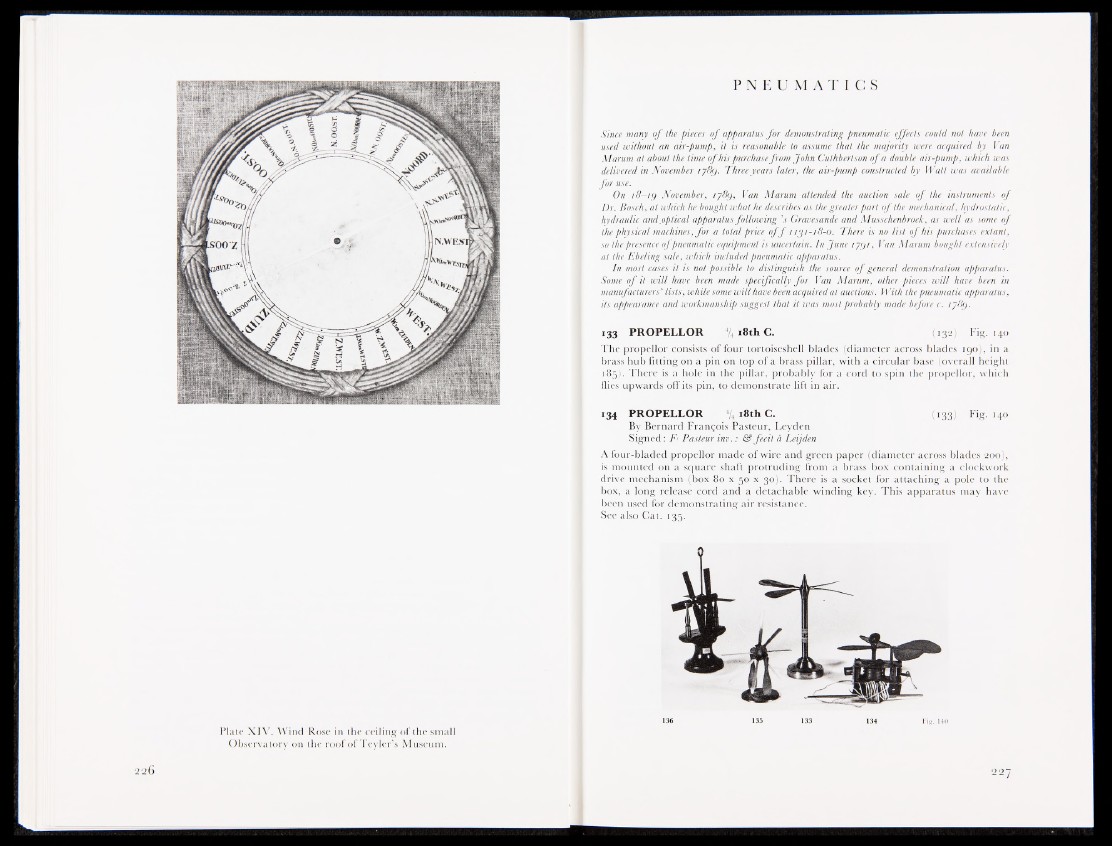
Plate XIV. Wind Rose in the ceiling of the small
Observatory on the roof of Teyler’s Museum.
P N E U M A T I C S
Since many of the pieces of apparatus for demonstrating pneumatic effects could not have been
used without an air-pump, it is reasonable to assume that the majority were acquired by Van
Marum at about the time of his purchase from John Cuthbertson of a double air-pump, which was
delivered in November 178g. Three years later, the air-pump constructed by Walt was available
for use.
On 18—ig November, 178g, Van Marum attended the auction sale of the instruments of
Dr. Bosch, at which he bought what he describes as the greater part of the mechanical, hydrostatic,
hydraulic and optical apparatus following ’s Gravesande and Musschenbroek, as well as some of
the physical machines, for a total price o f f 1131-18-0. There is no list of his purchases extant,
so the presence of pneumatic equipment is uncertain. In June iygi, Van Marum bought extensively
at the Ebeling sale, which included pneumatic apparatus.
In most cases it is not possible to distinguish the source of general demonstration apparatus.
Some of it will have been made specifically for Van Marum, other pieces will have been in
manufacturers’ lists, while some will have been acquired at auctions. With the pneumatic apparatus,
its appearance and workmanship suggest that it was most probably made before c. 178g.
133 PROPELLOR 4/4 i8thC. (132) Fig. 140
The propellor consists of four tortoiseshell blades (diameter across blades 190), in a
brass hub fitting on a pin on top of a brass pillar, with a circular base (overall height
185I1J There is a hole in the pillar, probably for a cord to spin the propellor, which
flies upwards off its pin, to demonstrate lift in air.
134 PROPELLOR 4/4 18th C. (133) Fig. 140
By Bernard François Pasteur, Leyden
Signed : F> Pasteur inv. : & fecit à Leijden
A four-bladed propellor made of wire and green paper (diameter across blades 200),
is mounted on a square shaft protruding from a brass box containing a clockwork
drive mechanism (box 80 x 50 x 30). There is a socket for attaching a pole to the
box, a long release cord and a detachable winding key. This apparatus may have
been used for demonstrating air resistance.
See also Cat. 135.